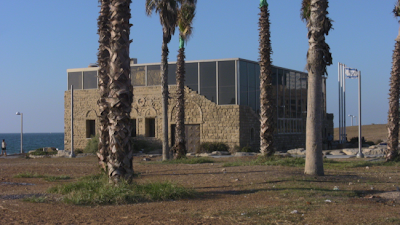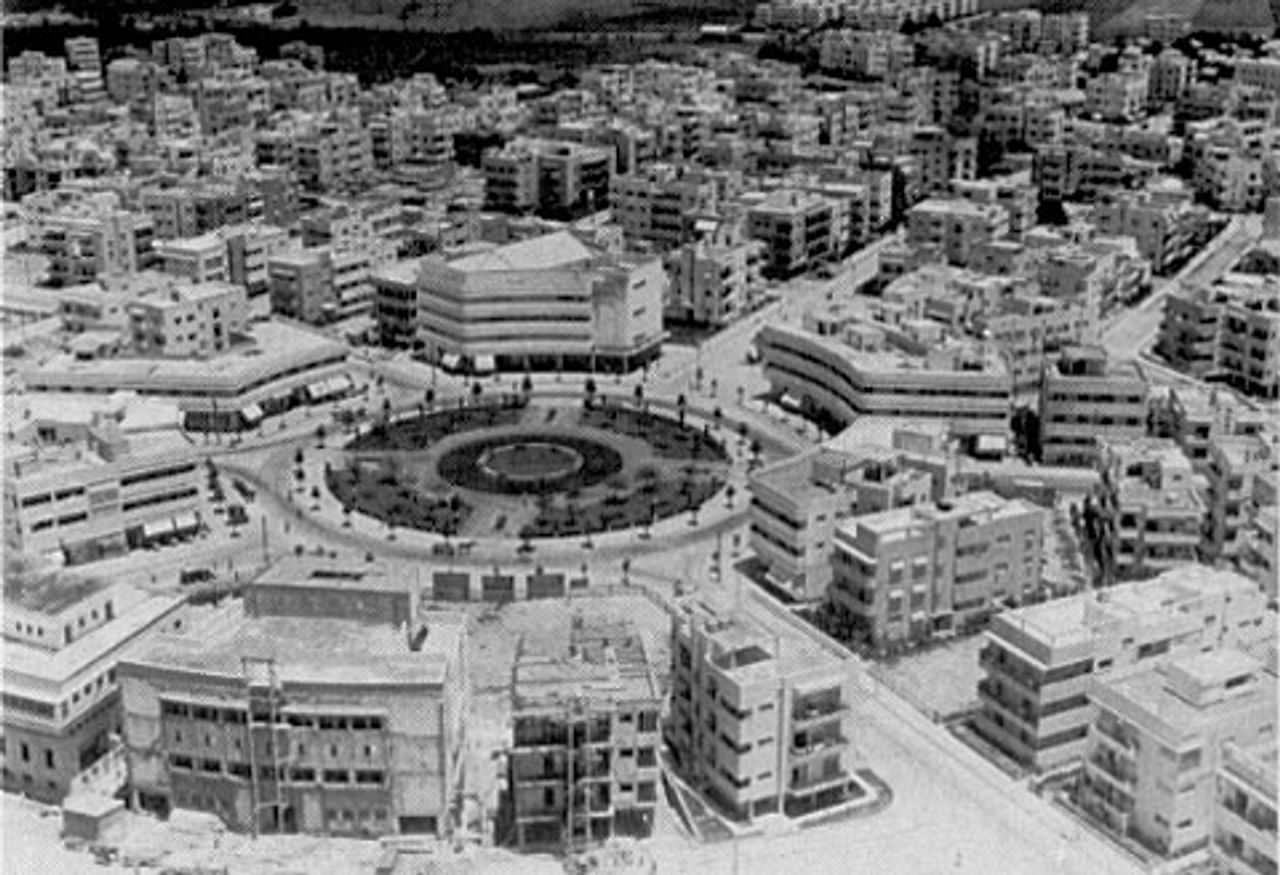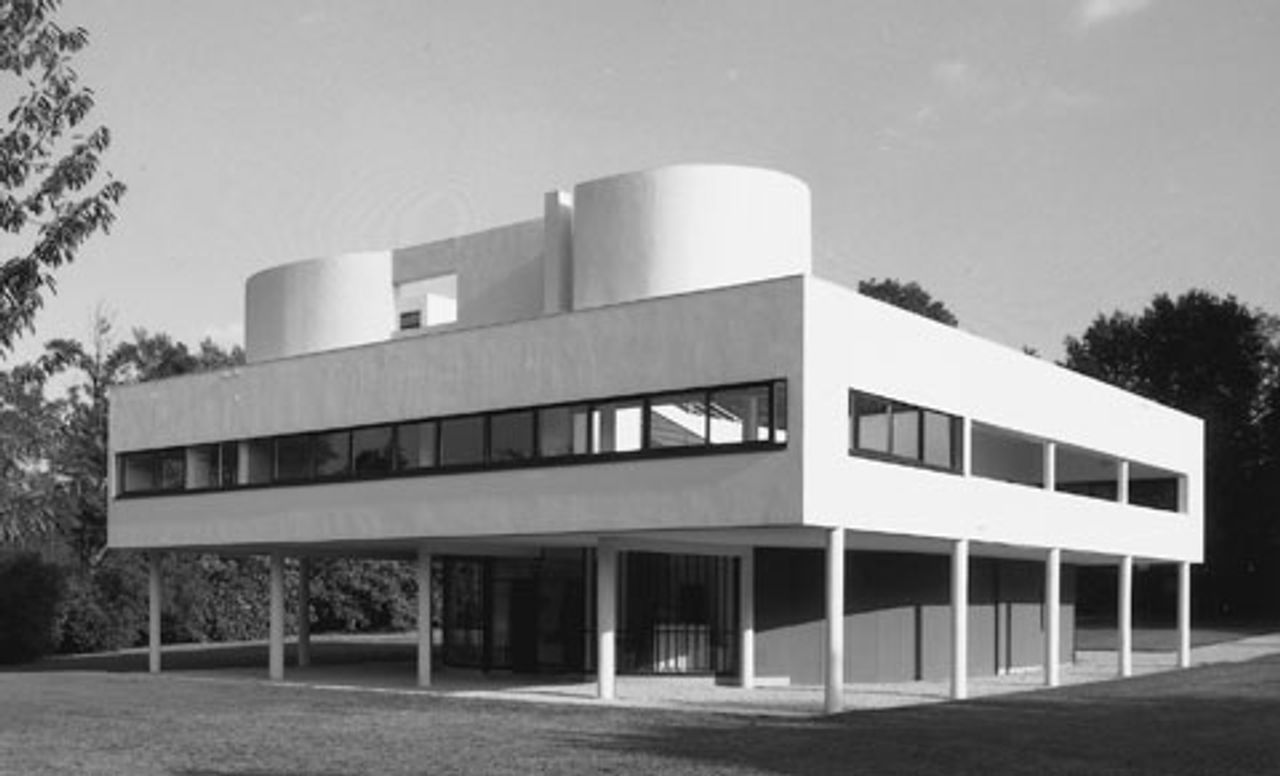An Israeli settlement in close-up, and what is in its shadow
 Friday, September 25, 2009 at 11:16PM
Friday, September 25, 2009 at 11:16PM 
As Israeli, Palestinian and US leaders meet again in the long-running saga of Middle East peace talks, the BBC's Martin Asser examines one of the thorniest issues on the agenda. In the first of two articles, he visits an Israeli settlement in the West Bank undergoing a major expansion.
They come in many shapes and sizes - hardline colonies deep in the West Bank, farmsteads in the Jordan valley, leafy towns within commuting distance of Tel Aviv and large developments in East Jerusalem.
But the Jewish settlement Givat Ze'ev, situated on a picturesque, undulating plain 10 minutes' drive from the northern outskirts of Jerusalem, is more dormitory town than ideological outpost.
Built, like all settlements, in defiance of international law on land captured in 1967, its location is strategically important, south of Israel's Highway 443 cutting into the West Bank for 20km to connect Tel Aviv with Jerusalem.
 Yuval, Givat Ze'ev resident
|
Its population is 12,000, mostly from the liberal end of the spectrum, with an Orthodox Jewish satellite on the west side. It is the fifth largest West Bank settlement and one of the fastest growing.
Although Israel agreed to freeze settlement activity under the Roadmap peace plan, Givat Ze'ev has 750 extra housing units approved, about half of which are nearing completion and awaiting their first occupants.
Little distinguishes the settlement from any Israeli town, except a low-key security post with an open gate at the entrance.
Palestinian villages surround it, but any violence has diminished markedly as those villages are now on the other side of a wide loop of Israel's West Bank barrier around the settlement.
Pragmatic population
Givat Ze'ev has a friendly small-town atmosphere - young and old mill around a row of shops and cafes on the main street; a medical centre and a hairdresser do brisk trade.
Although Israel's settlement movement was born to advance sovereignty in the occupied territories, there was no sign - among people I spoke to - of political motives underpinning their presence.
|
GIVAT ZE'EV
 Founded in 1982
Named after right-wing Zionist leader Ze'ev Jabotinsky
Population 12,000 (approx) including 35% religious Jews
Six elementary schools, one junior high school
|
On the contrary, people mentioned affordable accommodation, that it was a good place to live and raise children, getting around was easy via 443 and other bypass roads for Israelis.
"I came here 14 years ago to enjoy quality of life," said Yuval, who did not give his second name. "Apartments are cheap and the air is good. You live close to the city but you feel you are in a village."
Everyone asserted their absolute right to live in what they considered part of Israel obtained legitimately, in their view, through conquest. One elderly man said it was the West Bank only "on paper, not in life".
But when asked if they'd be prepared to surrender their homes to enable a two-state peace deal with Palestinians, most said yes, as long as there was proper compensation.
However, there was deep scepticism that peace was possible, or that Givat Ze'ev and other settlements around Jerusalem would be forfeited to create a Palestinian state.
Diplomatic dispute
For four decades, Israeli governments have supported Jewish settlement in the West Bank, a place with strong links to Judaism and, until Jordan took control in 1948, a significant Jewish presence. The state provides funding and infrastructure, and a blanket of security from the military.
Since 1967, the Jewish population has gone from zero to about 300,000 in the West Bank and 200,000 in East Jerusalem.
Numbers have grown 5% annually since Israel signed the Oslo peace accords in 1993 - despite a stipulation that neither it nor the Palestinians took any action prejudicing the final resolution.
Lately, however, Israel's closest ally, the US, has added weight to its erstwhile diplomatically worded objections to settlement expansion.
"The US does not accept the legitimacy of continued Israeli settlements. It is time for these settlements to stop," President Barack Obama said in a speech in Cairo in June.
Israeli Prime Minister Benjamin Netanyahu has resisted firmly this new tougher line, one of his chief arguments being that settlements must be allowed "natural growth".
In other words, younger generations of Jews shouldn't be squeezed out because they want to start families, and amenities - kindergartens, synagogues etc - must be built as required.
New development
In Givat Ze'ev's case, new construction is going on apace in an area Israelis know as the Ha'ayalot valley, which was confiscated from neighbouring Palestinian villages whose inhabitants call it Wadi Salman.

Work started in 1999, but stopped in 2000 when the violence of the second Palestinian intifada put settlers off wanting to live in what is quite an exposed spot.
Each side of the valley is topped by Palestinian houses and it extends west from the main body of the settlement, with the first new houses located 700m away - or 2.5km by a winding road.
Construction in the Agan Ha'ayalot, as it is known, resumed in 2008, following completion of a section of the barrier which passes through the valley in a series of hairpin bends cut deep into the rock.
Homes in the three dozen apartment blocks have been marketed to ultra-Orthodox families whose strict religious observance means they prefer not to live among secular or more liberal Jews.
"It's not normal or natural growth, it's a dramatic expansion for a new kind of population," says Hagit Ofran, of the Israeli group Peace Now, which campaigns against settlements.
She argues that every new Jewish home in the West Bank makes "the cost of a two-state solution higher".
"We should be in the process of getting an agreement [with the Palestinians] and not building obstacles likes this," Ms Ofran says.
Mr Netanyahu has ruled out anything but a possible "scaling down" of settlement activity. Palestinian leader Mahmoud Abbas says substantive negotiations cannot resume without a complete freeze.
In the second half of this investigation we shall see how members of the Palestinian population around Givat Ze'ev view the situation.
--------------------------
22 September 2009
|
|
In the shadow of an Israeli settlement |
|||||

Givat Ze'ev settlement is separated from local Palestinians by Israel's West Bank barrier
Extensive diplomatic efforts towards reviving Mid-East peace talks have yielded little. The US has continued to demand Israel freeze settlement activity in the West Bank, while Palestinians refuse to negotiate without a freeze. In the second of a two-part investigation, the BBC's Martin Asser sees the effect of settlements on the lives of Palestinians. They are called the Seven Villages, situated north-west of Jerusalem where the West Bank hills fall away towards the Mediterranean.
Though their inhabitants live within the Palestinian Authority's Jerusalem governorate, few get to visit Jerusalem - though the city was "like a mother to us" one man said. While Israelis in nearby Givat Ze'ev settlement bloc zip to Jerusalem by car in minutes, the Palestinian villagers need permission from Israel's military authorities. If they don't get permission, apparently the norm, there are roundabout ways past Israel's defences and into the city, but this risks jail and a stiff fine. Israel says all restrictions are imposed to prevent Palestinian militants wreaking havoc with suicide bombings. But, the Seven Villages is known as a quiet area. Israeli soldiers I spoke to said there was very little militant activity. Palestinian residents insist they are peaceable folk - famers, labourers, some professionals - who just want to live normal, decent lives. Enclosed lives Everyone I met said their world was dominated by Israel's occupation of the West Bank, in place since the 1967 war. After occupation came Jewish settlements; after the violent Palestinian uprising of 2000 came Israel's vast infrastructure to protect the settlements. Now villagers in this area of the West Bank are hemmed in on all sides. To the West and South Israel's West Bank barrier follows roughly the pre-1967 border. To the East it snakes deep into the territory around Givat Ze'ev. To the North is the heavily defended Highway 443, connecting northern Jerusalem to Tel Aviv. There are two official exits: via a 1.3km-long sunken road through the Givat Ze'ev loop towards Ramallah, and via Beit Iksa village towards Jerusalem.  The recently completed underpass - built on confiscated Palestinian land - made a significant improvement on the tortuous route people used to take to the West Bank's main city. But simultaneously, Israel built a military checkpoint on the road to Beit Iksa, and now only its residents can pass. Many villagers were concerned that, although the underpass undoubtedly made life easier, it also made it easier for Israel to lock down the whole area with a very small military deployment. High price While Palestinians insist the barrier is part of a land grab, Israelis officials say its purpose is purely defensive and, furthermore, temporary so it could be removed if peace breaks out.
But it has already taken a heavy price in the Seven Villages. I met Mahmoud Salim on his way from Beit Ijza to the centremost village of Biddu to pay his electricity bill. His house is located in a security zone for the barrier, which passes 15 metres away. His farmland lies on the other side and he has been told by the army he cannot "put one stone on another" in what's left of his garden. He remembered the day in 2004 when Israeli troops first came to secure the area. "People wanted to defend their land, but troops opened fire as though faced by another army. My son was the first one killed, though he wasn't involved in the demonstrations." He is not the only such case in the Seven Villages. I met another man by chance in Beit Duqqu whose brother was killed in the same clashes. Security anomalies Some villagers, thanks to the barrier, find themselves in positions of such extraordinary and precarious absurdity you can scarcely believe what you're seeing. 
The Sabri family home is in the middle of an elaborate high-security installation
The Sabris live on the east side of the barrier, embedded in a small settlement south of Givat Ze'ev, but completely surrounded by a six-metre-high wire fence. Their simple hilltop house is reached by a stark concrete bridge over the barrier, which is dug into the rock below. The bridge is controlled by a massive steel gate operated remotely by troops in the Atarot base 5km away. To begin with, the family said, soldiers dutifully closed the gate at night, but now it stands open all the time. One can only guess how much this arrangement added to the cost of the barrier (estimated overall to be $1.3bn).
On the other side of Givat Ze'ev, to the east, I met the Najadas, whose house lies in a "security zone" between the barrier and the settlement, cut off from their nearest village, al-Jib. To get to work or school in the village, they walk along the security road next to the barrier to the nearest checkpoint. They cannot use cars or keep goats and have given up the idea of getting their crops to market. I witnessed Abdul Baset Najada being told by checkpoint guards he couldn't walk along the road, although we were allowed to take him by car. Disagreement The people I spoke to seemed unimpressed by Palestinian leader Mahmoud Abbas's stance that peace talks cannot resume with Israel unless settlement construction ends. "The papers are all talking about freezing settlements, but they've forgotten the occupation. If we got rid of that, the settlements would go," said a schoolteacher in Beit Duqqu. Many see Mr Abbas as dancing to Israel's tune, while in their view settlements on 1967 land should not just stop growing, but should be removed completely. Beit Duqqu is considered particularly affected by the expansion of Givat Ze'ev, one of the fastest growing Jewish settlements. The village lies just across the valley from the Agana Ha'ayalot development, and it isn't hard to imagine its new Orthodox Jewish residents coming under militant attack from snipers or infiltrators one day. "God help us if any settler gets hurt," says the schoolteacher, adding with a chuckle: "Maybe there will be an earthquake and we'll all be down in the valley." |
|||||
----------------------------
 APJP | Comments Off |
APJP | Comments Off | 


